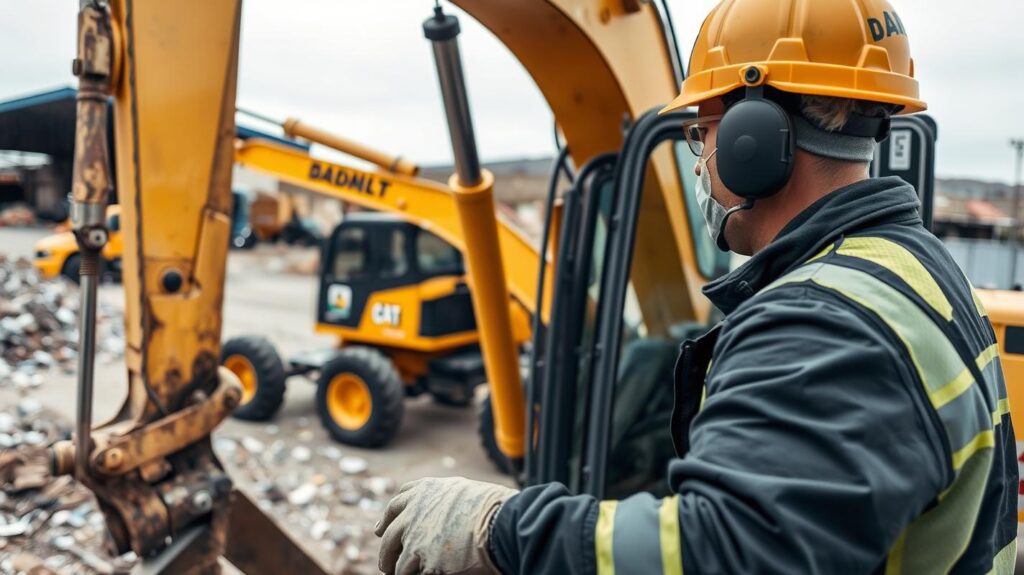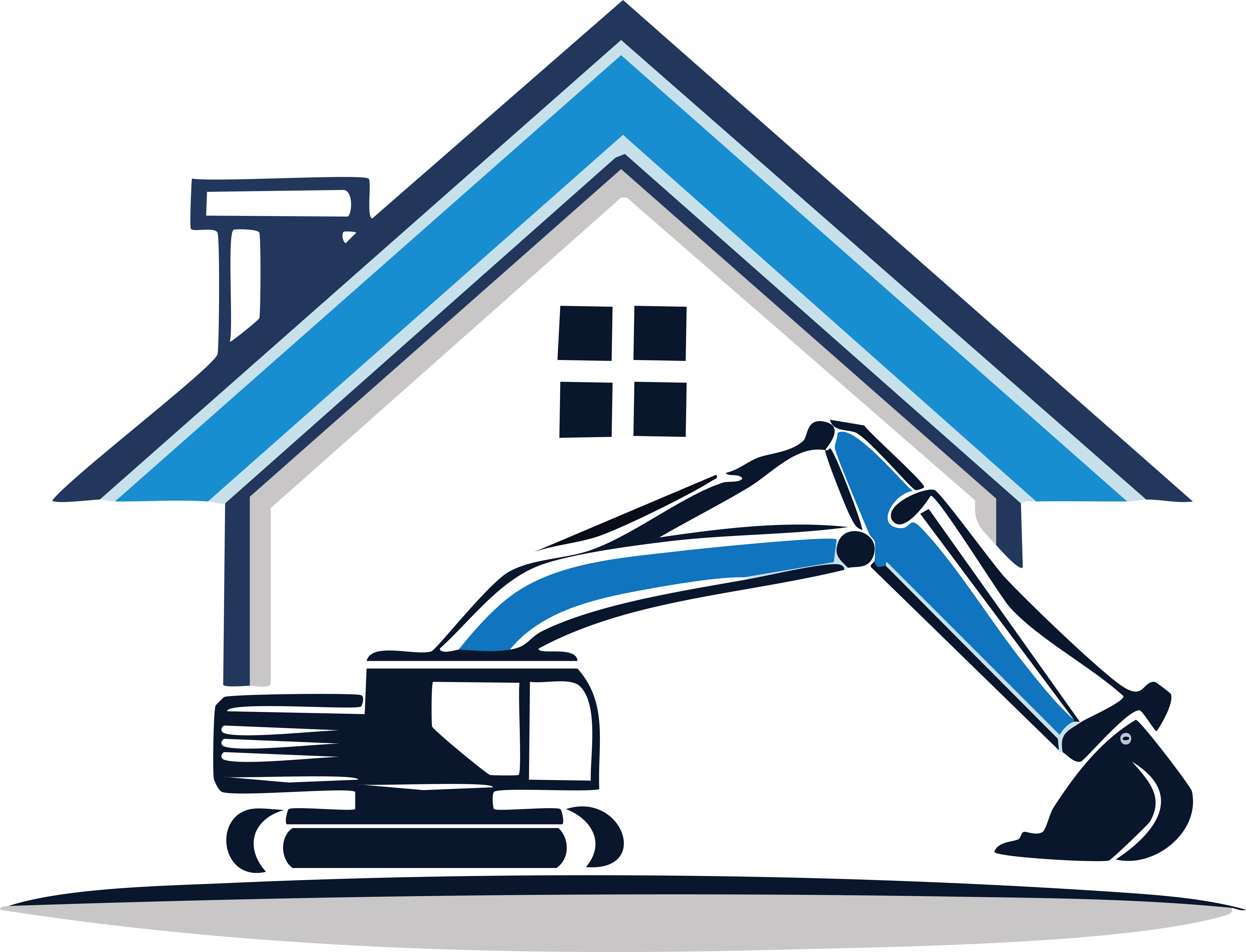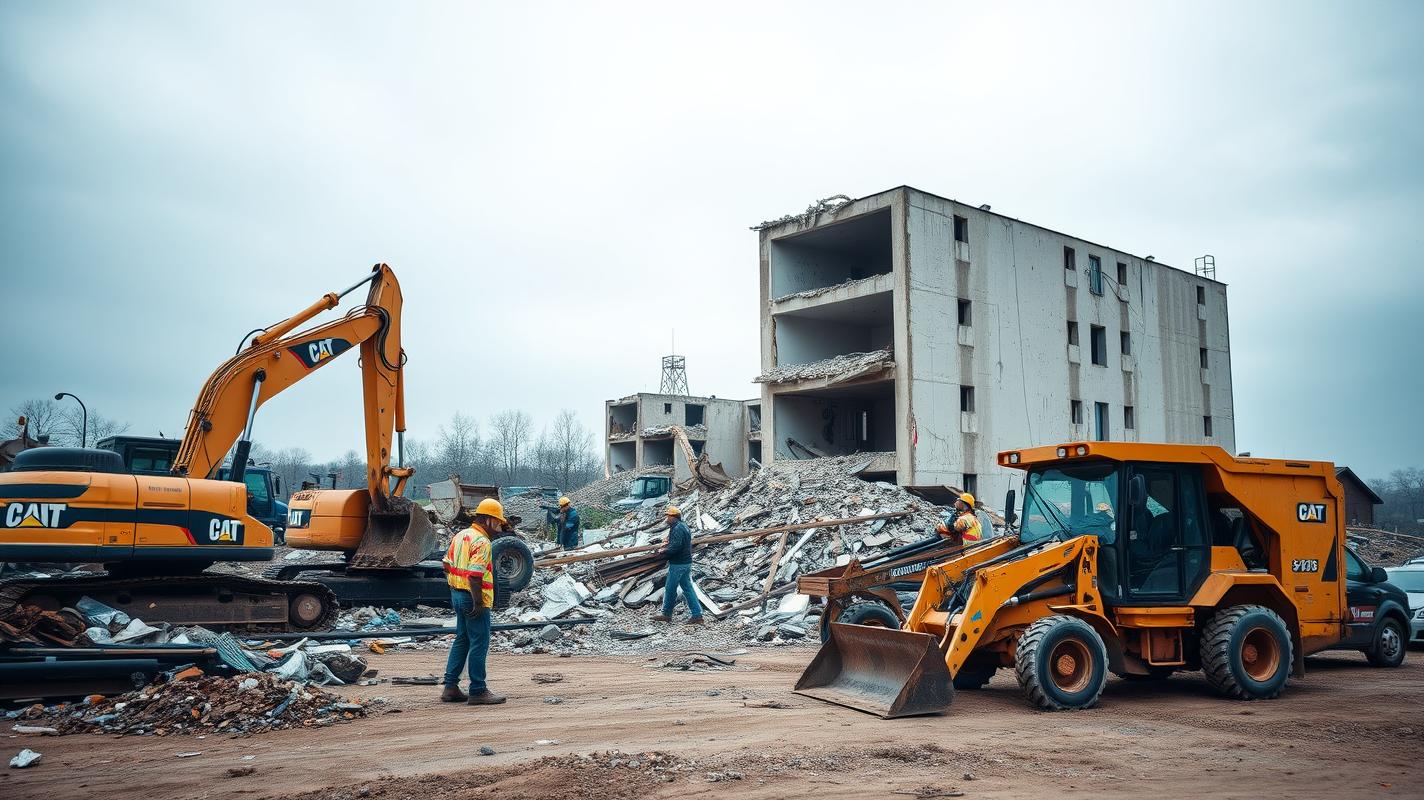Natural disasters like earthquakes and hurricanes are devastating events that can cause significant damage to infrastructure and buildings. Often, this leads to the necessity for demolition work to clear the debris and create a pathway for community rebuilding. Disaster-related demolitions are not only complex but also require adherence to a different set of rules, regulations, and safety concerns. This blog post explores the critical aspects of demolitions after disaster, focusing on challenges, safety measures, and community rebuilding.
Challenges in Disaster-Related Demolitions
Demolitions after disaster come with unique challenges that need to be addressed with precision and care:
1. Structural Instability:
Natural disasters can cause severe structural damages that make buildings hazardous for demolition crews. Determining the structural integrity becomes a complex task requiring expertise.
2. Environmental Concerns:
Disaster-related demolitions may lead to the release of hazardous materials like asbestos, requiring special handling and disposal.
3. Logistical Challenges:
The coordination of heavy machinery, skilled personnel, and regulatory bodies can be a logistical nightmare in a disaster-stricken area.
4. Emotional Considerations:
Demolitions may involve personal properties, and the loss of homes can have profound emotional impacts on residents.
We are experienced Demolition Company based in Melbourne, Victoria that offer top-tier demolition services all around Melbourne and across Victoria, Australia.
For all your Demolition needs contact us to GET FREE QUOTE NOW!
Safety First: Ensuring Safety During Demolitions
Given the unique challenges posed by disaster-related demolitions, ensuring safety is paramount:
1. Comprehensive Assessment:
Before beginning any demolition work, a thorough assessment of the structure is necessary to plan the method and machinery required.
2. Compliance with Regulations:
Adhering to local and federal regulations regarding demolitions after disaster ensures that the process is carried out legally and safely.
3. Utilization of Skilled Personnel:
Employing trained professionals for demolition work minimizes risks.

4. Personal Protective Equipment (PPE):
Ensuring that workers wear appropriate PPE can protect them from potential hazards.
Community Rebuilding: A Collaborative Effort
Disaster-related demolitions are not just about tearing down structures; they are the first step in rebuilding communities:
1. Collaboration with Local Authorities:
Working closely with local authorities ensures that the demolition process aligns with the community’s rebuilding plans.
2. Engaging the Community:
Involving community members in the planning process fosters a sense of ownership and ensures that the rebuilding efforts meet the specific needs of the affected population.
3. Sustainability:
Focusing on sustainable practices during demolitions can help in rebuilding a resilient community.
Conclusion
Disaster-related demolitions are a critical part of recovery following catastrophic events like earthquakes and hurricanes. The challenges are many, but with adherence to safety protocols and a focus on community collaboration, demolitions after disaster can pave the way for rebuilding and healing. The process emphasizes the importance of human safety, empathy, legal compliance, and sustainable development, encapsulating a multidimensional approach to a complex problem. By navigating these intricate paths, communities can rebuild stronger and more resilient structures for the future.

